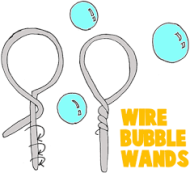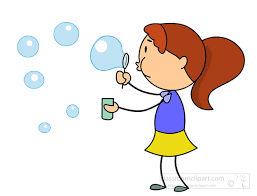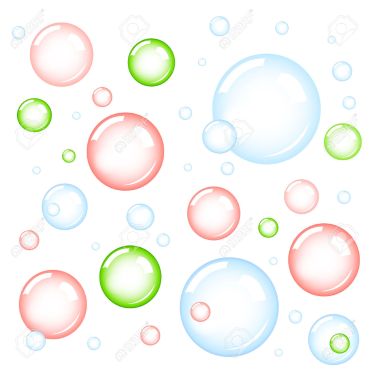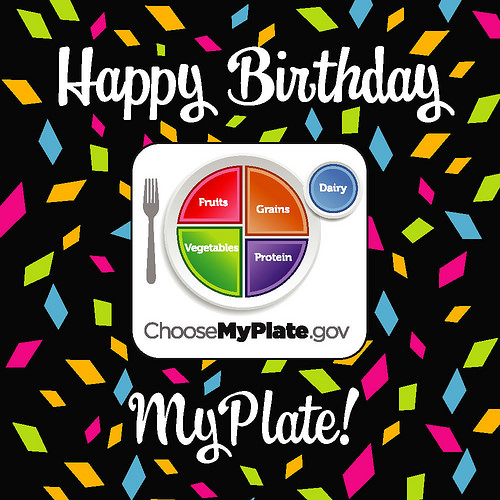When you make your own bubbles it can be a fun activity for you and your children. So what about some creative blowers besides the ones that come with commercial bubbles. They work, but there are so many other ways you can send those bubbles into the air. Here are some cost effective suggestions:
Soft Drink Holder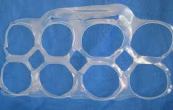
Dip a plastic six-pack drink holder into the bubble solution and twirl it around.
Straws
Tape four to six straws together. Dip one end and blow through the other end.
Pipe Cleaners
To create a 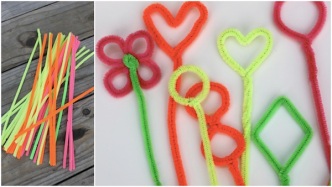 bubble wand take one end of a pipe cleaner and bend it to form a circle approximately the size of a quarter or any size you desire. Twist it together tightly so it stays locked in place. This is a fun activity where you children can make their own wands. Let them be creative, check to ensure they are together tightly and let the fun begin!!
bubble wand take one end of a pipe cleaner and bend it to form a circle approximately the size of a quarter or any size you desire. Twist it together tightly so it stays locked in place. This is a fun activity where you children can make their own wands. Let them be creative, check to ensure they are together tightly and let the fun begin!!
Paper Cup
Cut a hole in the bottom of a paper cup. Dip the larger end into the bubble solution and blow through the hole.
Wire
Bend a piece of wire into a loop. (Be sure to cover any sharp edge with masking tape) Let your children dip the loop into the bubble solution and blow.
